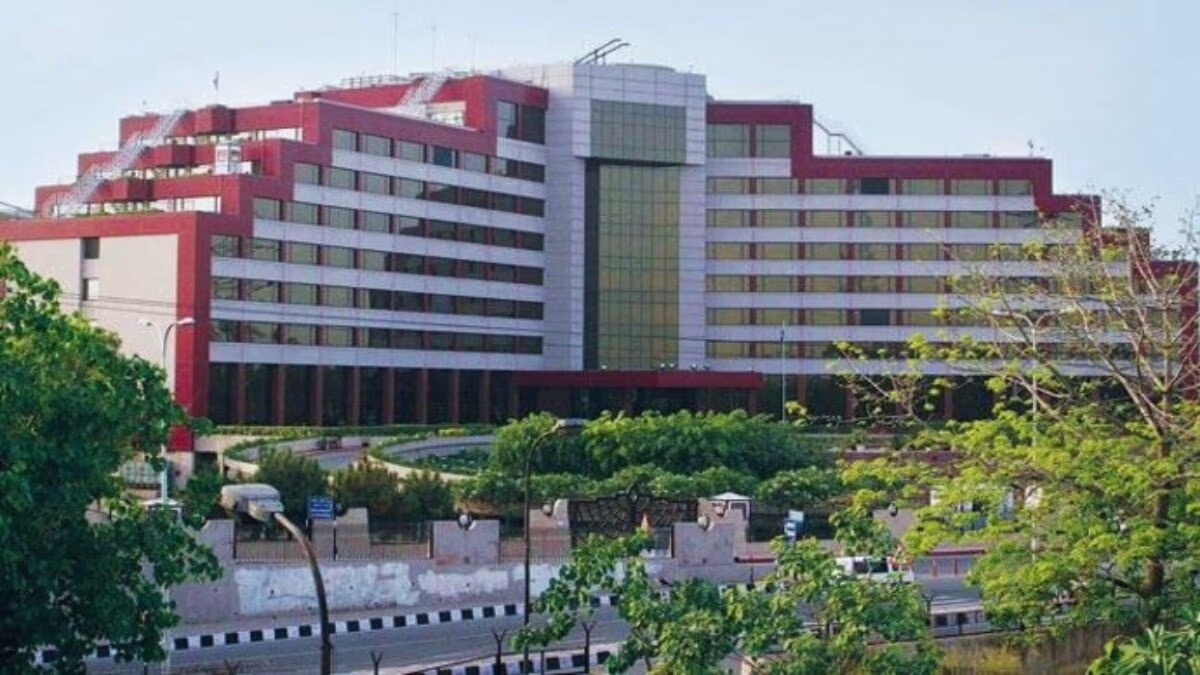The new government in Delhi has assumed its responsibilities. The hub of this administrative power is the Delhi Secretariat, beautifully positioned by the Yamuna at the ITO. This extensive 10-floor building hides the ever-changing power dynamics as one ascends its stories.
When Delhi's new Chief Minister, Rekha Gupta, took office, she made a compelling entry that captured attention across numerous platforms. Here's the tale of the Delhi Secretariat, the focal point of the recent electoral battle.
The Evolution of Delhi’s CM Office
Anchoring the third floor of the Secretariat is the CM's office. From the second floor's lobby, where dignitaries park, just a few steps lead to the heart of Delhi's governance - the powerful CMO. Before 2013, when Sheila Dikshit led the city, the CM office was quite understated. However, under Kejriwal's leadership, the office underwent a significant transformation, sparkling anew with million-dollar renovations.
Read more: What Option Lies Ahead for Delhi's New CM Rekha Gupta Amidst the Bungalow Debate?
Typically, the third floor was where Sheila Dikshit's cabinet convened, with other vital meetings scattered across the three conference halls on the second floor. But this changed during Arvind Kejriwal's tenure, as insiders revealed that he preferred conducting significant meetings from his Civil Lines residence, lessening the third floor’s focus.
Shifting Power Dynamics on Each Floor
The enticement of the Secretariat lies in its engaging floor-by-floor layout. Interestingly, the fourth and fifth floors host no minister’s office. Instead, the finance and vigilance departments occupy the fourth, alongside the chief secretary’s and PWD secretary’s offices on the fifth. The sixth, seventh, and eighth floors house various ministerial offices.
Given that Delhi allows for a maximum of six ministers apart from the CM, during Sheila Dikshit's term, two ministers shared each floor. However, Kejriwal's era introduced the deputy CM role, held by Manish Sisodia, who worked from the large office on the sixth floor, overseeing extensive departments. This change required adjusting three ministers onto the seventh floor.
Read more: Empowering Women: CM Rekha Gupta's Ambitious Move - A New Delhi Budget Unveiled
Current Ministerial Arrangement
After 27 years, BJP reclaims Delhi, marking its debut at the Secretariat since its move from the assembly in 1998. Currently, as only one minister's office remains on the sixth floor, it's allocated to Pravesh Sahib Singh Verma. On the seventh floor, ministers Ashish Sood, Dr. Pankaj Singh, and Ravinder Inderraj hold offices, while the eighth hosts Manjinder Singh Sirsa and Kapil Mishra. Despite some objections over the floor allocation, future changes are possible.
The Story Behind the Secretariat's Current Structure
The structure standing today, posing as a government office, was conceived as a hotel, initially dubbed 'Players Building' for the 1982 Asian Games athletes. Its proximity to Indira Gandhi Stadium made it an ideal location.
Read more: 'It’s Our Government, Let Us Implement Our Agenda,' CM Rekha Gupta Claps Back at Opposition
For nearly fifteen years post-games, the building remained a dormant framework until it was sold by the central government to Delhi’s administration in 1997 for around 40 crores. The Secretariat occupies 4.5 acres with a covered area of 40,000 square feet, a testament to its grandeur.
Explore this architectural wonder as it continues to unravel new chapters in Delhi's governance journey, with each floor offering a unique view into how power is strategically delegated and shared.




